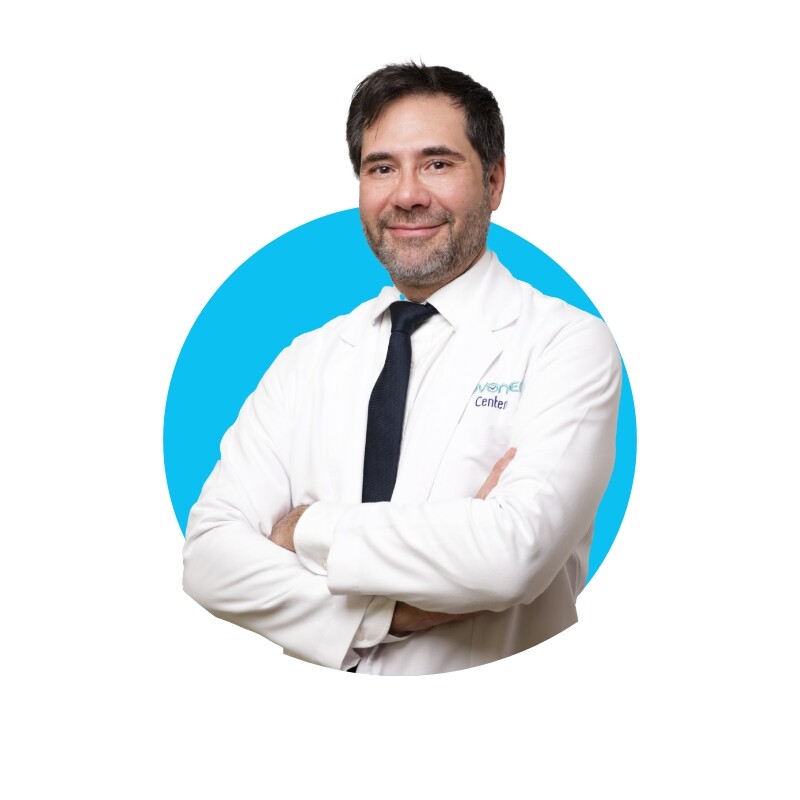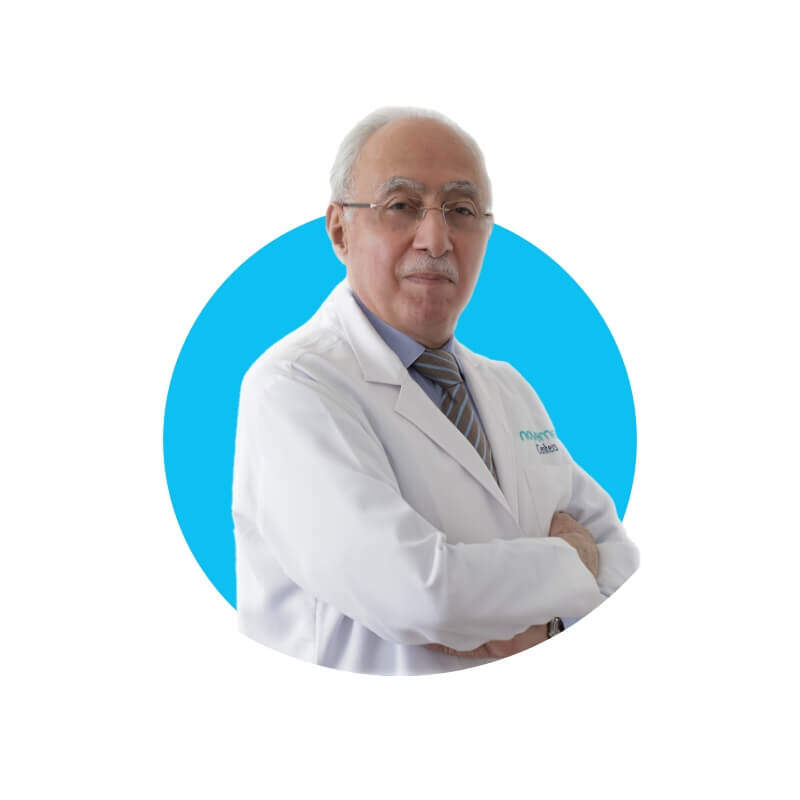Eustachian Tube Dysfunction Treatment in Dubai, Abu Dhabi and Al Ain
Overview
The Eustachian tube is a small canal that connects your throat to your middle ear and opens when you swallow, yawn, or chew; it maintains ear pressure and empties fluid from the middle ear.
When the tube becomes clogged or infected, it can cause pain and pressure in the ears and hearing problems, which are known as Eustachian tube dysfunction.
This condition usually resolves on its own and does not require treatment. However, if your symptoms are severe or persist longer than two weeks, you should seek medical attention.
What are the symptoms of Eustachian tube dysfunction?
Common ETD symptoms include:
- Feeling like your ears are plugged
- Ringing, clicking, or popping sounds in the ears.
- Tingling or tickling sensation in the ears.
- Alterations in your hearing.
- Difficulty maintaining your balance.
- Tenderness and soreness around the ear.
What are the causes of Eustachian tube dysfunction?
The most prevalent causes of ETD include allergies and diseases like the flu or a sinus infection, which irritate the eustachian tubes and clog them with mucus. Changes in altitude might also cause ear problems, which happen when you are in an elevator, climbing, or flying in an airplane.
ETD can affect anyone at any time; however, certain people are more prone to it than others, including:
– Children (their tubes are smaller, making it easier to get plugged).
– People with allergies (allergies can irritate the tube, leading to a buildup of mucus)
– People with obesity (fatty deposits around the tubes can cause ETD)
– Smokers (mucus collects in the tubes as a result of smoking).
How is ETD diagnosed and treated?
During your consultation, our ENT doctor will review your medical history and symptoms and examine your ear canals and the tubes into the nose and throat using an otoscope to determine the cause of your ear problem.
There are various non-surgical and surgical treatment options for treating ETD:
Non-surgical treatment:
– Simple exercises, such as swallowing, yawning, chewing gum, and forceful exhalation through a closed mouth and nose, can be done to help open up the tubes and equalize pressure in the middle ear.
– Allergy medication (such as antihistamines) to help with allergy symptoms and ear problems.
– Over-the-counter pain medication (such as ibuprofen) to help ease pain in the ears.
– Nasal or oral corticosteroids to reduce the inflammation of the tubes’ lining.
– Antibiotics to treat symptoms caused by a bacterial ear infection.
Surgical treatment:
If none of the non-surgical options work, your ENT surgeon may recommend surgeries, such as:
– Suctioning out the fluid in the middle ear through a tiny incision in the eardrum allows the lining of the Eustachian tube to shrink while the eardrum heals.
– Implanting pressure equalization tubes (PETs) into the ears through a small incision to help balance ear pressure, lower the risk of middle ear infections, and allow excess fluid to drain from the middle ear.
– Inserting a nasal microendoscope through the nasopharyngeal aperture of the tube to deliver fluids to the middle ear and adjust ear pressure.
– Eustachian tuboplasty: using a laser or a rotary cutting tool to remove swollen mucous membranes and cartilage from the tube.
How to prevent ETD?
To prevent the recurrence of ETD, you should maintain a healthy lifestyle and proper hygiene and avoid anything that can trigger ETD symptoms. It is crucial that you also treat the underlying cause of the blockage to lower your likelihood of developing Eustachian tube dysfunction again in the future.
Schedule your appointment at Novomed today!
If you or your child is experiencing ETD symptoms, make an appointment with one of our experienced ENT doctors in Dubai to learn more about your condition and treatment options.
Book your consultation today by calling toll-free 8006686 or clicking the live chat icon at the bottom of the screen.
It assists in balancing middle ear pressure, draining fluid from the middle ear, and protecting the ear from hearing noises caused by your body and nasal drainage.
With the help of over-the-counter medication and home remedies, most cases of Eustachian tube dysfunction cure up in a few days, but symptoms can last one to two weeks. If your symptoms persist or worsen after two weeks, you may need to seek more aggressive therapy.
In some cases, long-term Eustachian tube dysfunction, if left untreated, can cause major health problems, including damage to the eardrum and middle ear.



